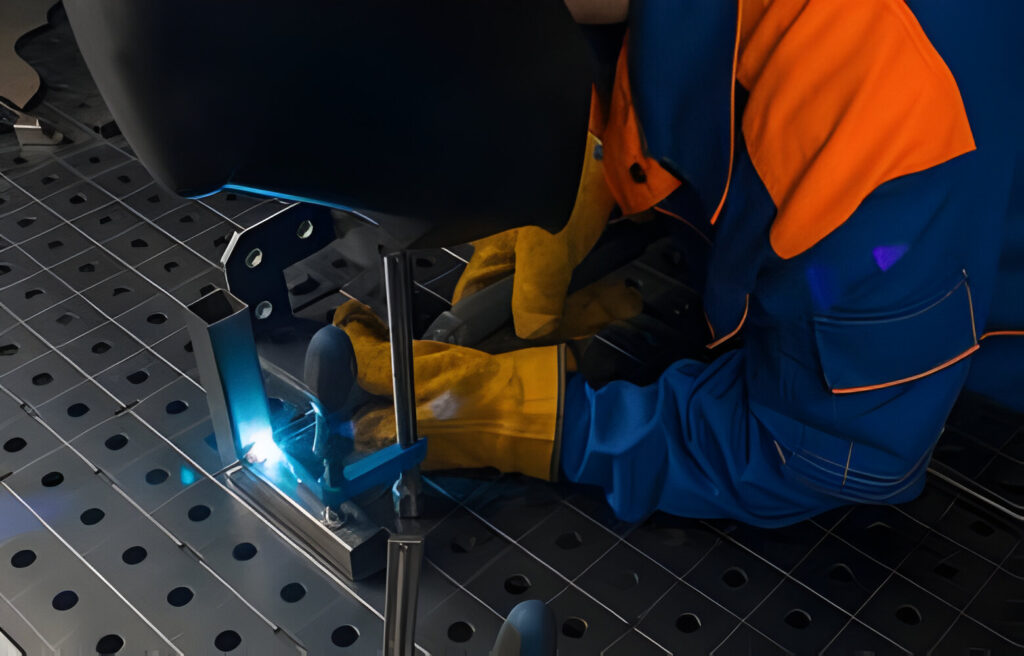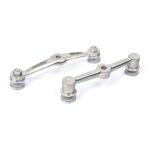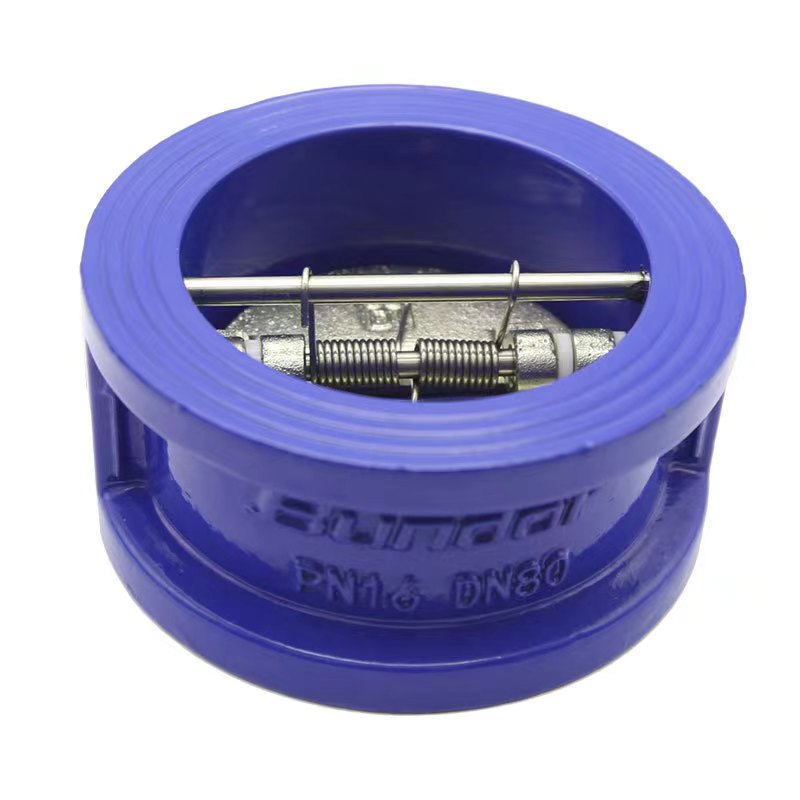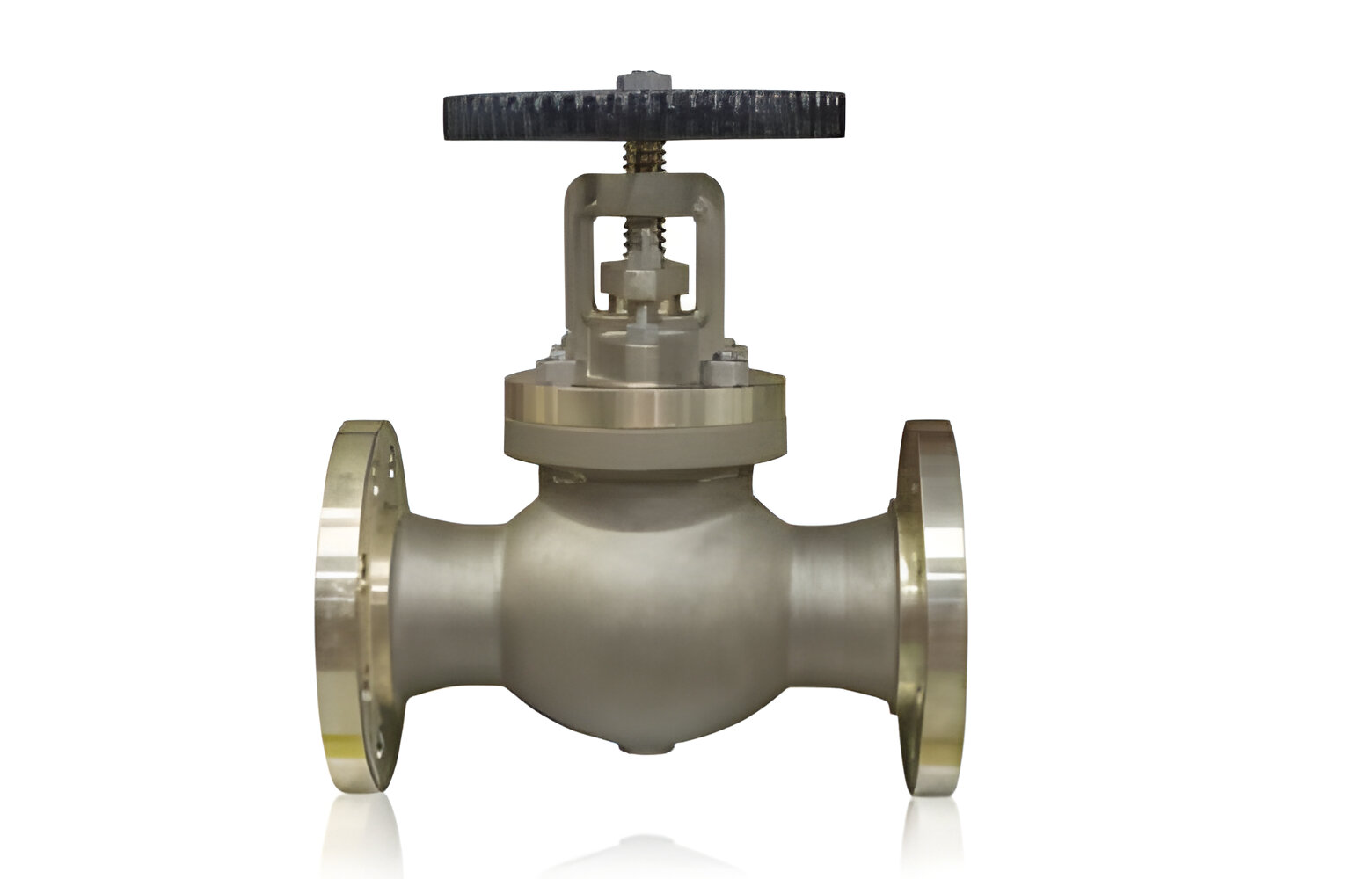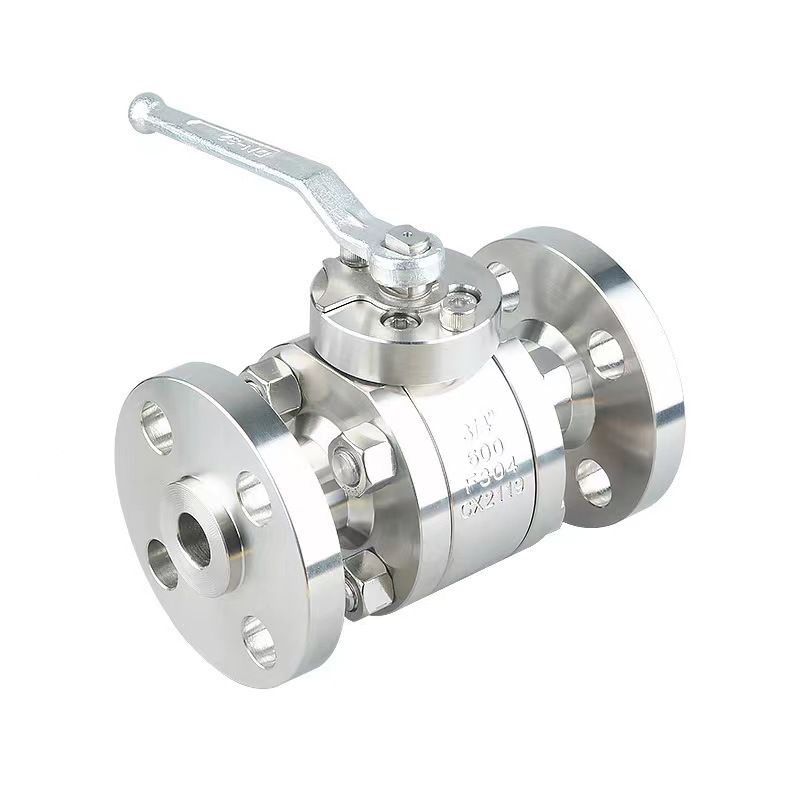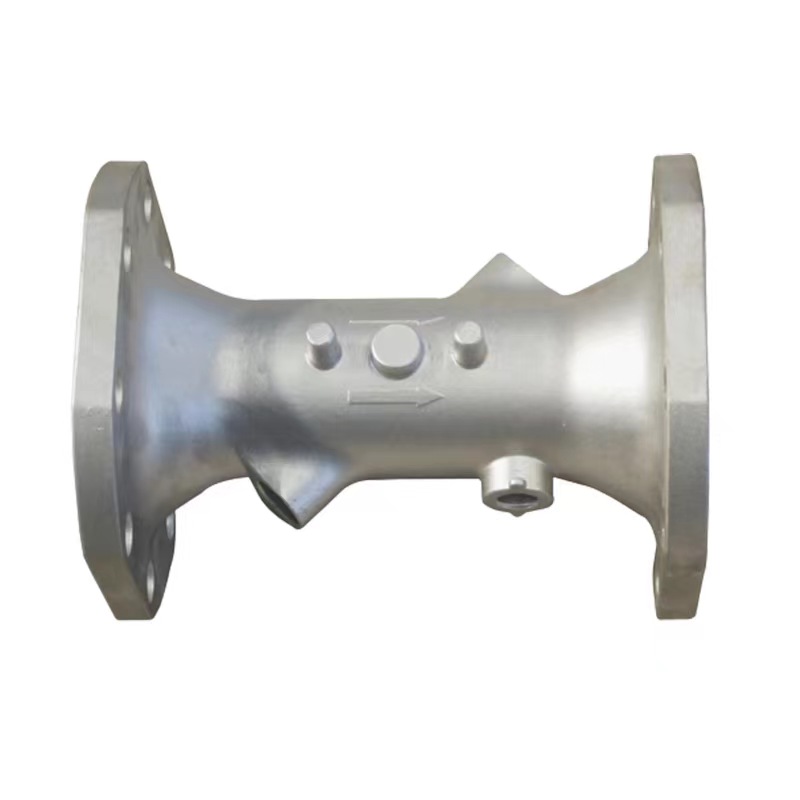A welding table is an essential tool for any welder, providing a stable and reliable surface to work on various projects. Understanding how a welding table works can help you maximize its benefits and ensure you’re using it correctly. This guide will cover the fundamentals of welding tables, their practical applications, and some essential tips for maintaining and optimizing your welding table.
Understanding the Basics of a Welding Table
A welding table is a flat, sturdy surface designed to support metal pieces during welding. It typically features a grid of holes or slots that allow for easy clamping and securing of the workpieces. The primary purpose of a welding table is to provide a stable and level surface to perform welding tasks accurately and safely.
How Does a Welding Table Work?
Welding tables are designed to facilitate various welding processes by providing a robust and heat-resistant surface. Here’s how they work:
- Stability: The table’s heavy-duty construction ensures it remains stable during welding, preventing any movement that could affect the weld’s quality.
- Clamping: The grid of holes or slots allows for versatile clamping options, ensuring that the workpieces are securely held in place.
- Grounding: Proper grounding is crucial for safety. To ground a welding table, you connect it to a grounding point using a grounding clamp. This prevents electrical shocks and ensures a safe working environment.
- Flatness: A flat surface is vital for precision welding. Many welding tables are machined to be perfectly flat, providing an even work surface for high-quality welds.
Practical Applications of Welding Tables
Welding tables are used in various applications, from small DIY projects to large industrial fabrications. They are essential for:
- Metal fabrication: Creating metal structures and parts with precision.
- Repair work: Fixing or modifying existing metal pieces.
- Prototyping: Developing and testing new designs.
- Production welding: Consistent and repeatable welding tasks in a manufacturing environment.
Building and Maintaining a Welding Table
If you’re considering building your own welding table, here are some tips:
How to Build a Flat Welding Table
- Select the right materials: Use thick, sturdy steel for the tabletop and legs to ensure durability and stability.
- Ensure flatness: Use a machined steel plate for the tabletop to achieve a perfectly flat surface.
- Design for versatility: Include a grid of holes or slots to accommodate various clamping needs.
How to Ground a Welding Table
- Attach a grounding clamp: Connect a grounding clamp to the welding table and ensure it’s securely attached to a grounding point.
- Regularly check connections: Ensure that the grounding connections are tight and free from corrosion.
How to Keep Your Welding Table from Rusting
- Rust-proofing: Apply a rust inhibitor or paint to the table’s surface to prevent rust.
- Regular maintenance: Clean the table regularly and apply oil or wax to protect the metal.
Products for Enhancing Your Welding Table
At KT-Foundry, we offer a range of products to help you get the most out of your welding table:
- Heavy-duty steel welding tables: Designed for industrial use, these tables provide unmatched stability and durability.
- Welding clamps and fixtures: Ensure your workpieces are securely held in place with our high-quality clamps and fixtures.
- Grounding accessories: Keep your welding table safe and grounded with our reliable grounding accessories.
By investing in the right products and maintaining your welding table properly, you can ensure a safe and efficient welding environment. For more information on our products and to make a purchase, visit our website at KT-Foundry.

